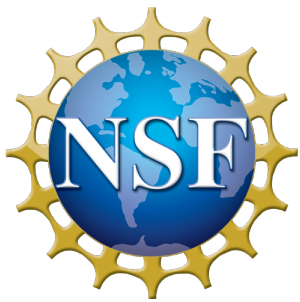May 19th, 2018 | RESEARCH
Human-induced global change has triggered the sixth major extinction event on earth with profound consequences for humans and other species. A scientifically literate public is necessary to find and implement approaches to prevent or slow species loss. Creating science-inspired art can increase public understanding of the current anthropogenic biodiversity crisis and help people connect emotionally to difficult concepts. In spite of the pressure to avoid advocacy and emotion, there is a rich history of scientists who make art, as well as art–science collaborations resulting in provocative work that engages public interest; however, such interdisciplinary partnerships can often be challenging to initiate and navigate. Here we explore the goals, impacts, cascading impacts, and lessons learned from art–science collaborations, as well as ideas for collaborative projects. Using three case studies based on Harrower’s scientific research into species interactions, we illustrate the importance of artists as a primary audience and the potential for a combination of art and science presentations to influence public understanding and concern related to species loss.
Document
(no document provided)
Team Members
Jennifer Harrower, Author, University of California—Santa CruzJennifer Parker, Author, University of California—Santa Cruz
Martha Merson, Author, TERC
Citation
Identifier Type: doi
Identifier: 10.1093/icb/icy016
Publication: Integrative and Comparative Biology
Volume: 58
Number: 1
Page(s): 103–112
Related URLs
Tags
Audience: General Public | Museum | ISE Professionals | Scientists | Undergraduate | Graduate Students
Discipline: Art | music | theater | Climate | Ecology | forestry | agriculture
Resource Type: Peer-reviewed article | Research Products
Environment Type: Broadcast Media | Higher Education Programs | Informal | Formal Connections | Media and Technology | Park | Outdoor | Garden Programs | Public Programs | Websites | Mobile Apps | Online Media

